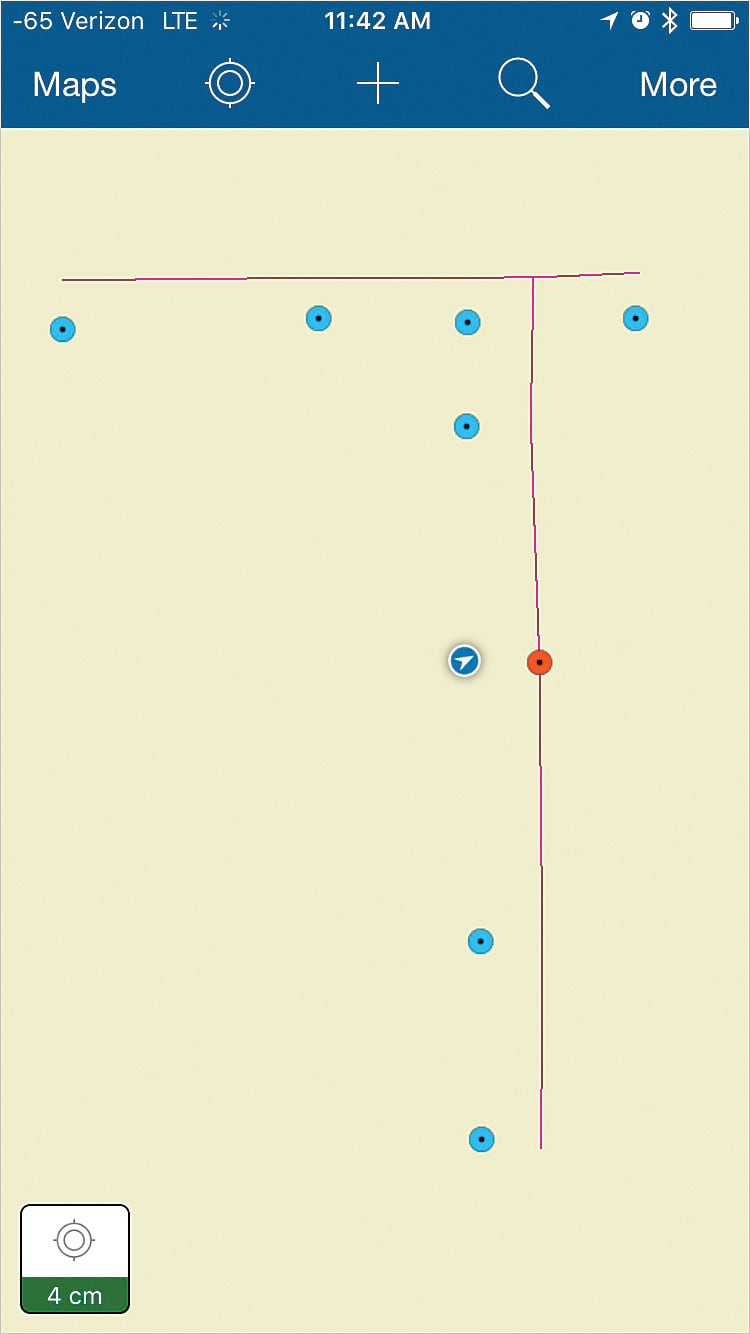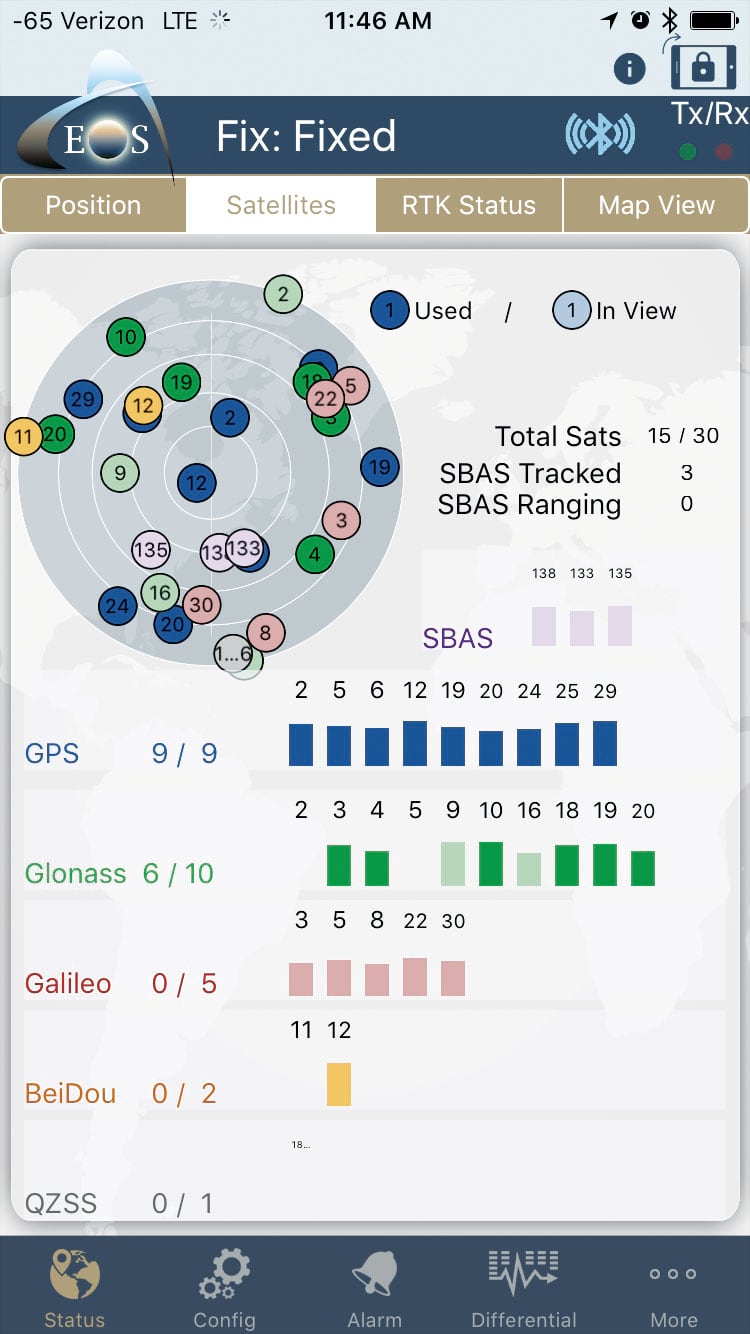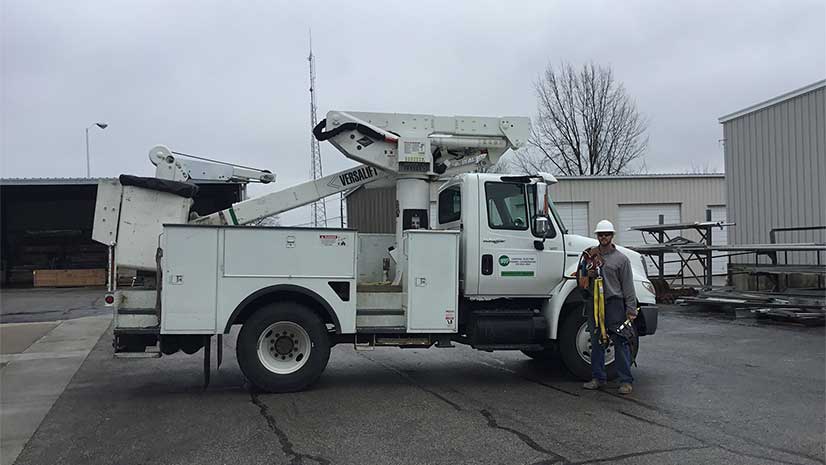How a Small Arizona Electric Cooperative Completed a Large Data Collection Project Quickly and Efficiently
Gathering data in remote, rugged areas can be very challenging. In typical situations, this requires a large team to put in lots of time and effort. But in 2017, Sulphur Springs Valley Electric Cooperative (SSVEC), based in southeastern Arizona, managed to collect data on more than 7,000 locations in 32 days—with only two staff members. The secret to this success? Collector for ArcGIS.

How to Gather Lots of Data, Fast
SSVEC is a rural electric cooperative with 190 employees, more than 4,000 miles of power lines, and a service region roughly the size of Connecticut. Much of the terrain in SSVEC’s service area is mountainous with high-desert valleys.
In early 2017, the operations office at SSVEC issued an urgent request: it needed an inventory of all the asset records from a particular substation and its associated feeders. An audit had indicated missing or inaccurate data on poles, underground equipment, vaults, and service meters. The operations office needed field staff to correct the errors in the data and fill in any gaps.
In the past, SSVEC’s data collection methods were manual, slow, and GIS-intensive.
“We collected high-accuracy data in the field and downloaded it when back in the office,” said Kurt Towler, SSVEC GIS supervisor and the lead on this data collection project. “It then required GPS postprocessing, converting the data into shapefiles, and importing it into ArcGIS. That was time-consuming and very GIS heavy.”
For this project, Towler knew that field staff would have to collect a lot of data. For example, one pole is not one asset. Poles are made up of a combination of assets: transformers, crossarms, insulators, and secondary voltage support structures. Towler calculated that there were 87 different combinations of assets that could make up a single pole—and that doesn’t even take into consideration the data that had to be collected on other pieces of equipment.
Speed and accuracy were going to be high priorities for this project. The work needed to target more than 7,600 locations and had to be completed against a tight, six-month timeline. What’s more, the operations office was hoping that what it learned while fixing these data collection mistakes could be applied across the organization.
Towler realized that leveraging mobile technology would be the fastest and most accurate way to hit the deadline. Since the project was going to involve SSVEC staff working separately in the field, he also knew that data collection had to be simple and streamlined, negating the need for careful coordination. Usability, scalability, and user independence were going to be key.
SSVEC already stored its existing data in ArcGIS, so Towler naturally looked first for an Esri-powered solution. With its intuitive interface and easy-to-use workflows, Collector fit the bill. Towler’s team decided to store pole data as point features in ArcGIS Online and any other associated asset data as related records.
“GIS staff needed to acquire GPS, or GNSS, technology; design the field data collection process; and publish to a mobile app within six weeks,” said Towler. “Having in place all that is required for project success—and hiding complexity from those in the field actually doing the data collection—was critical. We needed to make data collection fast and efficient.”

Increasing Productivity While Improving Accuracy
To configure Collector quickly and get it out to line workers on iPad Minis on short notice, GIS employees first created reference and editable map layers in ArcGIS Online. Since much of the work would need to be done in places that lacked wireless connectivity, they also prepared tile packages for basemaps and side loaded them into Collector through iTunes so the basemaps could be used in the app’s offline mode.
Towler was concerned about precision, since decimeter accuracy was critical to the project. By coincidence, the previous release of Collector had introduced support for GNSS receivers via Bluetooth. So Towler decided to pair the iPad Minis with the Arrow Gold GNSS receiver from Esri partner Eos Positioning Systems. The receiver connects to Arizona’s Real-Time Kinematic (RTK) satellite navigation network, which enabled field staff to use the Eos Tools Pro app to monitor position accuracy in real time.
GIS staff decided to keep all the project data in ArcGIS Online, where it is easier to access, via the cloud, without adding to SSVEC’s on-premises infrastructure. Towler and his team spent time up front creating the maps, uploading data to ArcGIS Online, configuring the app, and training the line workers before they headed out to collect data. While in the field, the line workers could see which locations needed to be checked; at the same time, staff back at the office could easily monitor their progress.
“We can send high-accuracy positions and inventory data from Collector directly to the cloud geodatabase,” said Towler. “That means the line workers can now do their jobs without software or hardware getting in the way.”
The results were impressive. Just two linemen inspected 7,640 locations in 32 days. On the most productive days, the linemen collected over 600 data points. Overall, they entered more than 25,000 related asset records. And the accuracy of most locations was four centimeters or less.
“Productivity was proved, as was scalability and reliability,” reflected Towler. “This project showed me that high-quality location and asset data is easier and much less expensive to collect than in the past.”
SSVEC is now looking to apply the same approach and methodology to similar projects in other parts of the organization.
For more information on how SSVEC implemented Collector with ArcGIS Online, email Towler at ktowler@ssvec.com or listen to his podcast, Speaking of GIS, in which he discusses similar topics.

